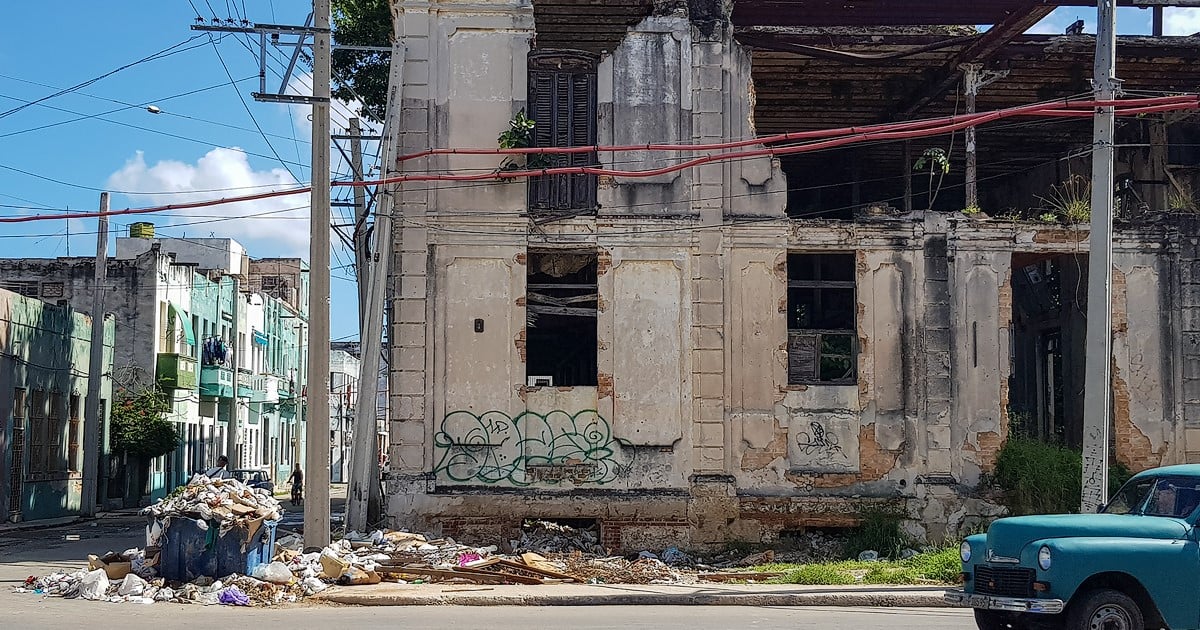A journalist from the British newspaper The Times recently traveled to Cuba and shared her observations in an article titled "Inside a Starving and Ruined Cuba, Where One in Ten Has Fled." Louise Callaghan painted a stark picture of a country where everyday citizens experience life vastly different from the ruling elites.
"Ask the island's leaders, and they'll insist the revolutionary dream is still alive. Yet, for ordinary Cubans grappling with soaring food prices, that dream has never felt more distant," Callaghan remarked. She highlighted that after 66 years, many Cubans feel their lives have never been worse, with the communist rulers becoming increasingly paranoid and oppressive.
"The government continues to project a sanitized image of a socialist paradise to the world. In reality, however, this is a nation where people are starving, and retired diplomats and teachers rely on money sent by their children abroad just to eat," she reiterated.
The article emphasizes conditions in small towns, where only "the very poor, the sick, the elderly, and the especially patriotic" remain. Callaghan visited the village of San Felipe, about an hour and a half from Havana, where out of a population of 2,000, only those unable to leave still reside.
"In the main square, the only people are a woman sitting on a bench in the shadow of the crumbling church and a group of five men huddled on the porch of an old mansion, trying to fix a bicycle with a hammer. Everything is deserted," she described.
The report also delves into other issues, such as the high cost of food compared to low wages, the decline of once-renowned sectors like healthcare and education, and the government's repression, which keeps hundreds of political prisoners behind bars.
The article concludes that the crisis, fueled by international sanctions and state mismanagement, has led to a mass exodus, particularly among the young. It notes that between 2022 and 2023, one in ten Cubans—nearly a million—left the country, mostly headed to the United States.
"This time, the threat to the Cuban revolution isn't a U.S.-backed invasion or the collapse of the Soviet Union, but a gradual dismantling of Cuba's future as the youth abandon their prospects," the author states.
Cuba's Crisis and Mass Exodus: Key Questions
What is the main cause of the current crisis in Cuba?
The crisis in Cuba is largely attributed to international sanctions and poor state management, leading to economic hardship and a decline in living conditions.
How has the Cuban government responded to the crisis?
The government has attempted to maintain an outward image of a socialist paradise, despite increasing repression and paranoia among the ruling class due to worsening conditions.
What impact has the crisis had on the Cuban population?
The population faces severe food shortages, high costs of living, and deteriorating public services, leading many, especially the youth, to emigrate in search of better prospects.
